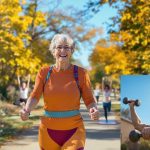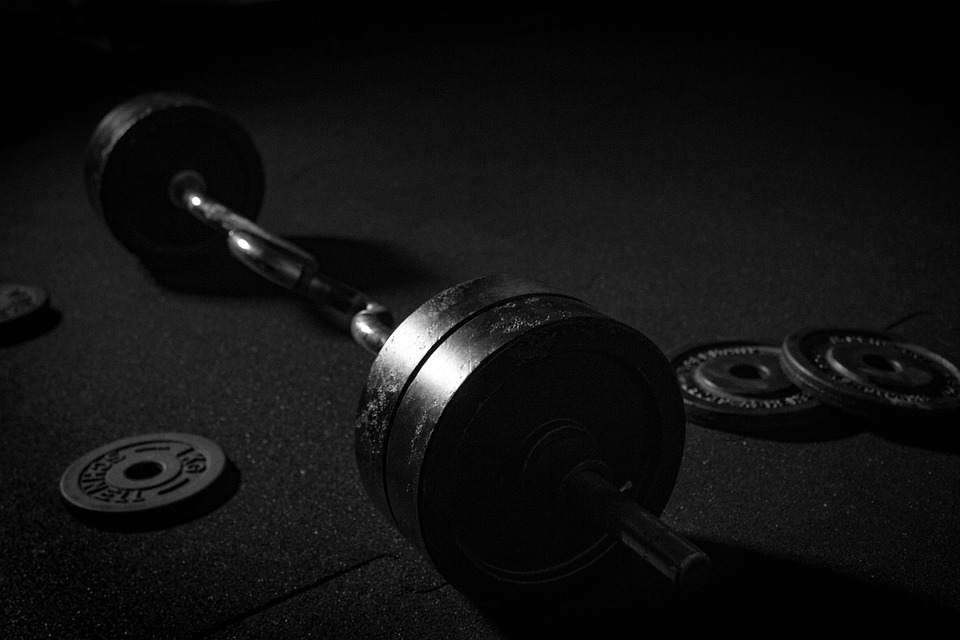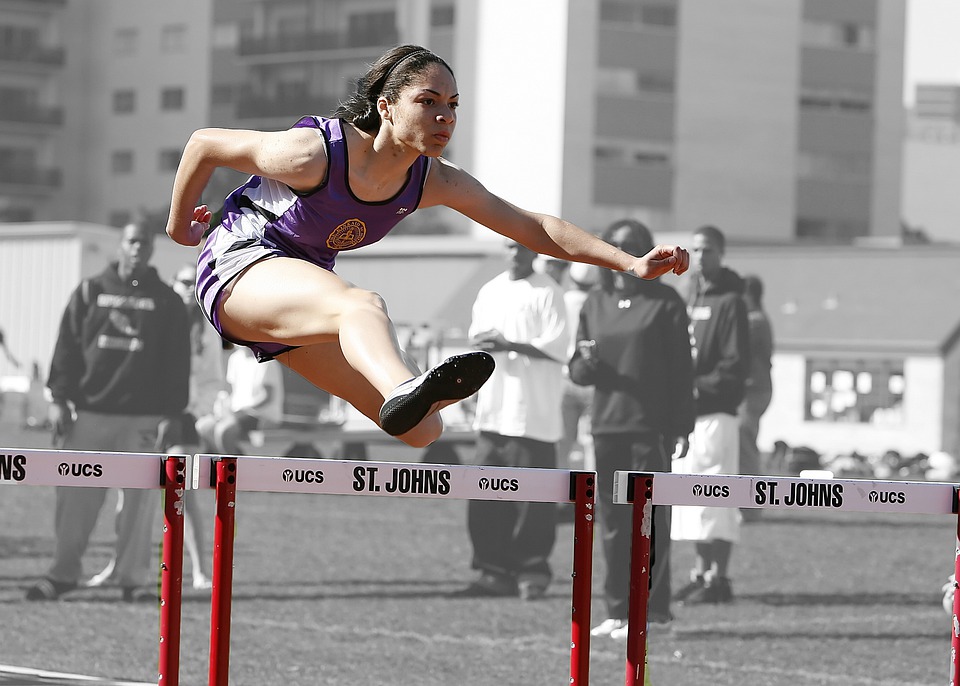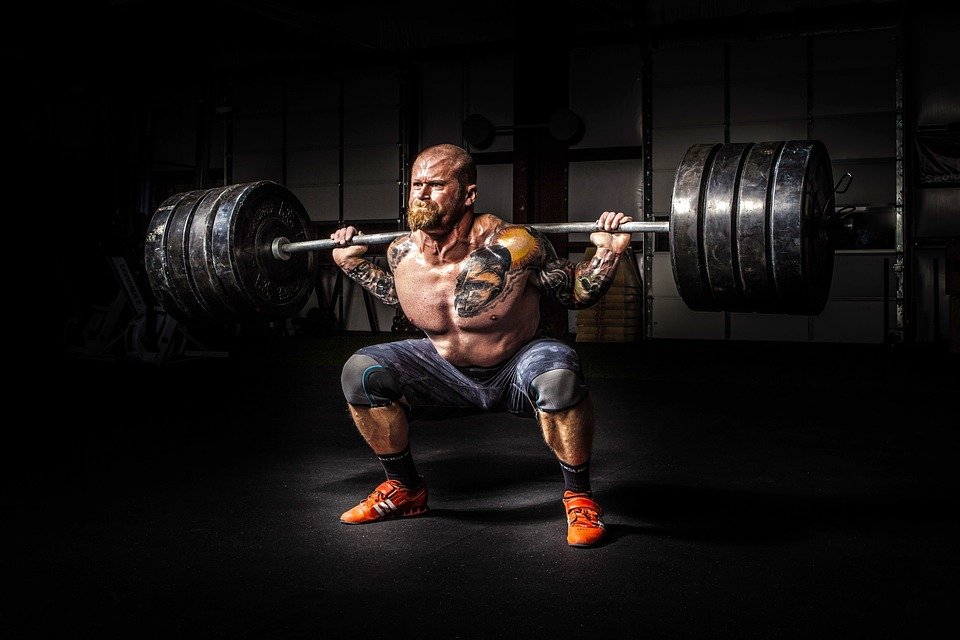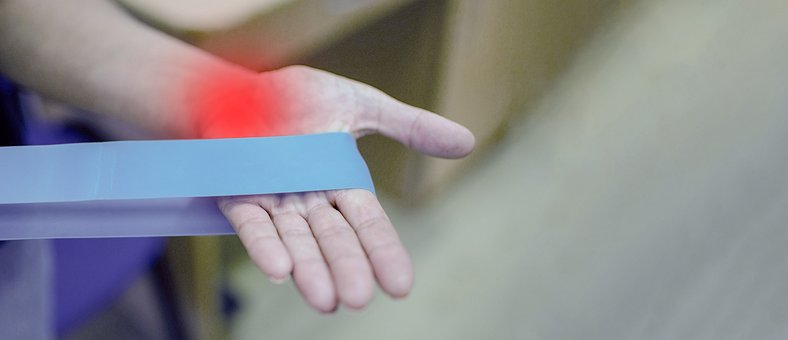
Though arthritis is something you may not be able to prevent, there are methods to reduce your aches and tightness, permitting a life of great satisfaction. Particular activities, extending, and dietary alterations should be made to aid those suffering from arthritis.
Continue reading to find out more about how to work out when you have arthritis and how to do so in a safe and successful manner.
Benefits of Exercising with Arthritis
Before you start working out, it may be motivating to know the benefits of exercising with arthritis — and there are plenty:
- Stronger bones: “Maintaining bone strength is important in preventing weaknesses in the body that can lead to falls and possible fractures,” says Hall.
- Stronger muscles: “When you’re exercising, you’re retraining the muscles and strengthening the muscles around the joints,” says Dr. Ogdie. “The stronger the muscles are around the joints, the less extra micromotion is going on, so the less pain there will be down the road.”
- Better posture: Exercise promotes good posture, which helps reduce the amount of strain on your spine.
- Less muscle imbalance: Having arthritis in one part your body can cause a muscle imbalance in another part of your body, which causes pain. “Exercise helps figure out where the deficits are and how to get the muscle strengthened and loosened again so there’s less discomfort,” says Dr. Ogdie.
- Cardiovascular improvements: People with inflammatory arthritis have a higher risk of cardiovascular disease because of the inflammation involved in the disease. Aerobic exercise can help rev up and strengthen your heart.
- Decreased fatigue: A 2018 study published in the journal Arthritis Care and Research found that exercise can help fight fatigue in a number of different ways, including reducing inflammation, increasing endorphins, preventing deconditioning, and improving sleep.
- Weight management: Exercise can make it easier to lose weight and reduce additional stress on your joints, but Dr. Ogdie emphasizes that it’s not the be-all and end-all maintaining your weight. A healthy diet is important, too.
- Improved mental health: Exercise has been linked to reduced anxiety and depression in patients with arthritis, says Dr. Ogdie. This has been especially beneficial during the pandemic. A November 2020 study published in the journal Rheumatology International found that people with rheumatoid arthritis who exercised regularly during the pandemic experienced fewer depressive symptoms than those who didn’t.
When and When Not to Exercise
Determining when to be active and when to take it easy is an important part of figuring out how to workout with arthritis. Although every person’s situation is different, here are some general recommendations to consider:
- Wake up and go. Dr. Ogdie says that her patients who are dog owners often say their morning stiffness is gone by the time they get back from their morning walk. “Exercise speeds up the resolution of the morning stiffness,” she says. “I know it’s hard if you’re having trouble rolling over or getting down the steps, but the more you get walking and moving, the better you’ll feel.”
- Listen to your body. There are circumstances when you should not exercise at all, says Hall. For example, if your pain persists for more than an hour or if you’re experiencing joint inflammation and unusual fatigue.
- Don’t overdo it. “It is very important to not over-exercise because too much repetitive stress on the joints and muscles can cause flare-ups of arthritis symptoms,” says Hall. “Over-exercising can cause the muscles to be overly fatigued and less supportive to the joints resulting in more wear and tear.” Following the tips below may help ensure you don’t over-exercise.
- Avoid late-night workouts. Try not to exercise too close to bedtime to avoid interrupting sleep patterns, says Hall.
Pre-Workout Tips
Before commencing an exercise regime, it is advised to consult your physician concerning your potential and which forms of activity would be most suitable to match your body type, inclinations, and habit. Here are a few more pre-workout tips to keep in mind:
Check with an exercise physiologist or physical therapist to make certain that the new workout regimen is suitably organized and the posture is accurate. Dr. Ogdie notes that, even if patients only see a physical therapist once, this can still be enough to help them get started on an exercise plan and they should not be worried about their copays.
Consider signing up for a personal training session. An investigation carried out in 2020 and reported in Clinical Rheumatology observed that individuals given a protected, controlled, and personalised exercise scheme had less tiredness, less inflammation (as indicated by lower C-reactive protein levels), a smaller midsection, and better cognitive functioning in comparison to those who were not offered such a program.
Buy shoes that give good arch and ankle backing and reduce the pressure on the joints when you move. Take into account that your feet have a tendency to become bigger during the day, so it is better to try on shoes later in the afternoon or evening when your feet have reached their largest size.
Hall suggests investing in exercise attire that is comfortable and not too restrictive, while permitting you to move through a wide array of motions and postures.
Before an exercise, putting heat on your arthritic joints can lower hurt and uneasiness and increase blood flow to the muscles and joints.
Give yourself 10-15 minutes to get your muscles ready for exercise with movements to increase activity. Hall states that stretching should occur following the five-minute warm-up, with focus on different muscle groups, such as the hamstrings, quadriceps, calves, glutes, torso, chest, and shoulders.
Dr. Ogdie advises investing in a device like a pedometer, Fitbit, or Apple Watch in order to act as a source of motivation for increasing physical activity. A 2018 study appearing in Arthritis Care & Research revealed that individuals with musculoskeletal and rheumatic illnesses showed a daily increase of 1,520 steps when they incorporated activity monitors into their lifestyle.
Simplify committing to exercising as much as possible. Dr. Ogdie suggests that you should locate an activity that you thoroughly take pleasure in as well as something that you are ready to stick to. Make a note of it, arrange your attire, program your alarm, and let someone know that you plan on exercising.
The Ultimate Guide to Exercising With Arthritis
Exercising with arthritis isn’t a myth! Exercise is actually a critical part of managing arthritis. Though it may appear illogical to be more active when the body is hurting, the appropriate exercises can actually assist in relieving the effects of arthritis. Evidence through clinical trials suggests that both aerobic exercise and weightlifting can lessen distress and enhance physical ability in people enduring knee osteoarthritis.
Exercises that are suitable for someone with arthritis can help alleviate symptoms, so it is essential to make the right choices. When engaging in physical activity with arthritis, anything that puts an intense pressure on your joints should be either restricted or kept away from. The most frequent culprits are exercises such as plyometrics and exercises which involve a lot of impactful jumping that can strain your joints.
It does not mean that you are able to carry out strenuous exercises. There are plenty of exercises that you can add to your routine that will not put too much strain on your joints.
Swimming
Swimming is a great low impact activity. Since water is much denser than air, you will build up strength in your muscles, bones, and reduce joint discomfort without having to endure a jarring impact with the hard ground. Because swimming is less physically demanding on the joints, it can be done more often without fear of worsening knee or hip pains.
This will result in increased cardiovascular stamina with minimal chance of harm.
Elliptical Machine
An elliptical is an excellent form of exercise which allows you to increase your stamina without putting too much strain on your joints like running does. Also, utilizing an elliptical usually necessitates that you move your arms to enhance your velocity, this way you are engaging both your upper and lower parts of your body.
Biking
Another low impact activity is biking. You have the option of doing your exercise routine outdoors on a home exercise bike or participating in a spinning class at the gym.
Yoga
This is a terrific exercise for both the physical body and the mental faculties. Yoga helps to strengthen the center of your body, as well as enhancing balance, suppleness, and coordination. This is the ideal exercise if you are suffering from joint discomfort because the movements are gentle on your joints.
Furthermore, you can change any of the poses if it is making your arthritis symptoms worse.
Low Impact High-Intensity Intervals
When a lot of men think of working out at maximum effort, they think of jumping squats and burpees. Sadly, these intense plyometric exercises can take a toll on your joints.
Despite your arthritis, you can still benefit from a good HIIT workout without irritating your symptoms.
Walking
Going for a stroll is an excellent way to promote your well-being, not merely because of the various advantages it brings but also given that nearly everyone can start a walking routine without needing special tools or experience. Additionally, it is a physical activity that is gentle on the joints. You should opt for maneuvers that involve remaining on the ground or near it.
Establishing an exercise routine that includes push-ups, bear crawls, and side lunges is a great way to get your heart rate up without putting excess strain on your knees and hips.
At Home Stretches
Apart from your usual exercises, stretching to broaden your range of movement will aid in relieving joint pain. Be certain to do some exercises to get your body ready before you stretch, and do so when your joints are not so tight.
You can attempt some of these stretches from the comfort of your home to increase your suppleness and cut down on discomfort.
Single Knee to Chest Stretch
- Lie on your back and bend both knees.
- Grab your right knee with both hands and gently pull the knee toward your chest.
- You will feel a stretch in the back of your leg and lower back.
- Hold for about 30 seconds and then slowly release.
- Repeat on the left side.
Leg Swings
This is a superb exercise to get the lower body prepared for a training session and relax the knee and hip joints.
- Stand with your feet shoulder-width apart and your hands resting on your hips.
- Shift your weight to your left foot, bending your right knee slightly while lifting your right heel.
- Swing your right leg forward and backward, allowing your right knee to naturally bend and extend throughout the movement.
- Continue for 15-30 seconds, then repeat on the left side.
Arm Circles
This exercise will make your shoulders more pliable and is a great way to get ready to start a workout.
- Stand with your feet hip-width apart and bring your arms out to your sides at shoulder height, palms facing down.
- Circle both arms forward, starting with small circles and then progressing to larger circles.
- Complete 10 small circles and 10 large circles, then reverse direction and circle your arms backward.
Cat-Cow
This traditional yoga posture is beneficial for increasing flexibility and lessening pain in your lower back.
- Start on all fours, with your wrists aligned below your shoulders and your knees aligned below your hips.
- Keep your spine extended and your toes tucked under.
- Inhale, relax your belly so it moves toward the floor, and gently arch your back, tilting your tailbone and chin toward the ceiling.
- Exhale, gently round your spine, draw your chin toward your chest, and untuck your toes, placing the tops of your feet on the floor.
- Repeat 10 times.
Post-Workout Tips
It is wise to take measures to chill and look after your joints after an exercise session in order to avoid swelling, lower soreness the following day, and minimize potential for harm.
Hall recommends putting cold packs on the joints post-exercise in order to cut down on inflammation and give relief.
Give yourself a bit of extra time at the conclusion of your workout. According to Dr. Ogdie, putting in more walking time could cause increased pressure to be applied to specific spots such as the IT band and the outer side of the hip (trochanteric bursa). Stretching after a walk can help avoid hip discomfort that can be caused by not doing so.
Have patience. Dr. Ogdie states it could take up to two months before any positive results can be seen.
Staying Active With Arthritis
You don’t want anything to impede your progress when it comes to your wellbeing and physical condition. That includes joint pain and arthritis. Fortunately, there are methods to alleviate painful joints to let you continue an energetic lifestyle and experience an excellent quality of life.
Incorporating activities which do not cause harm to your joints and performing stretching exercises at home can help make your joints looser and expand your range of motion and flexibility. By following these easy steps, you will be on your way to achieving a great level of exercise despite living with arthritis!

